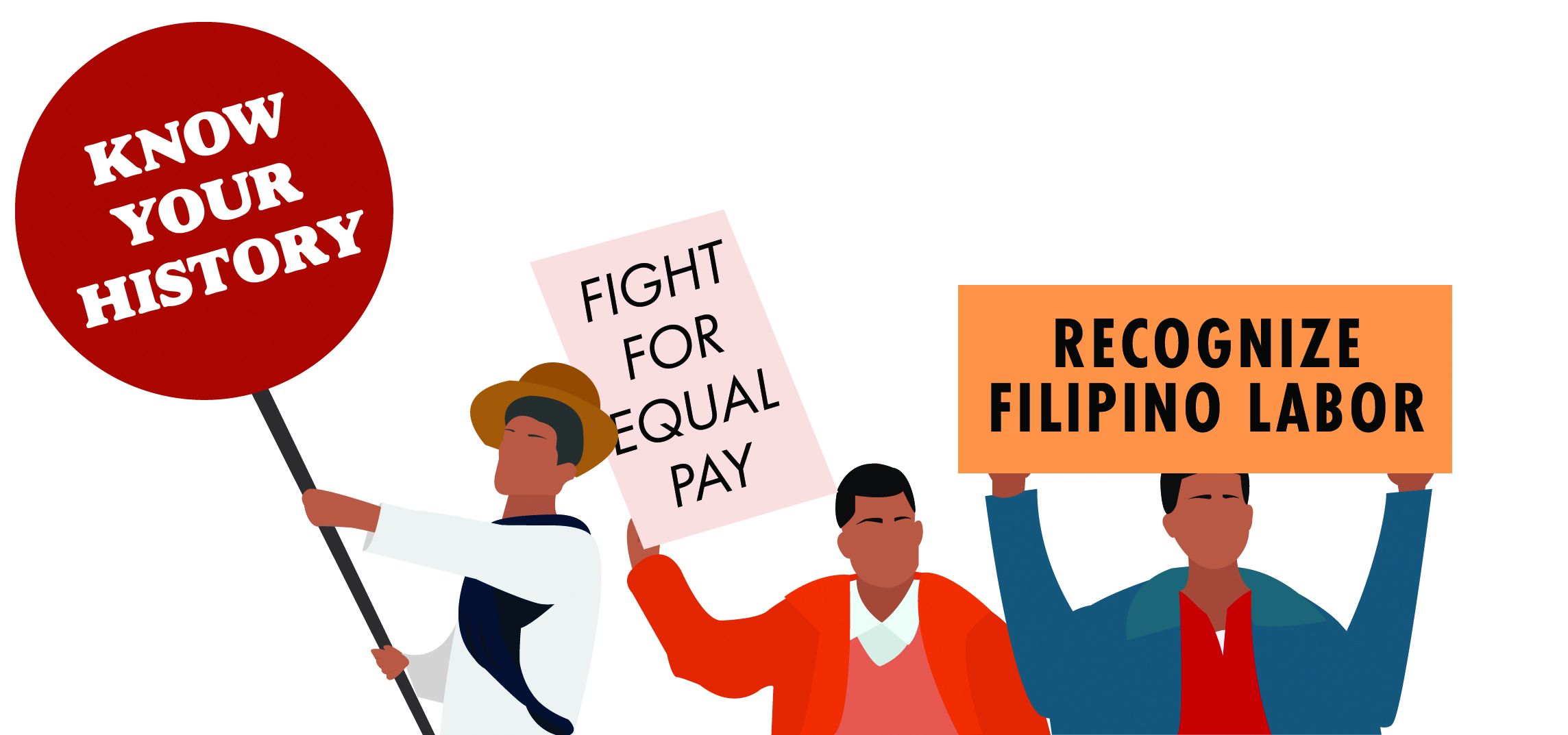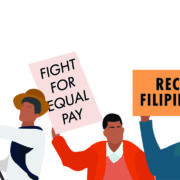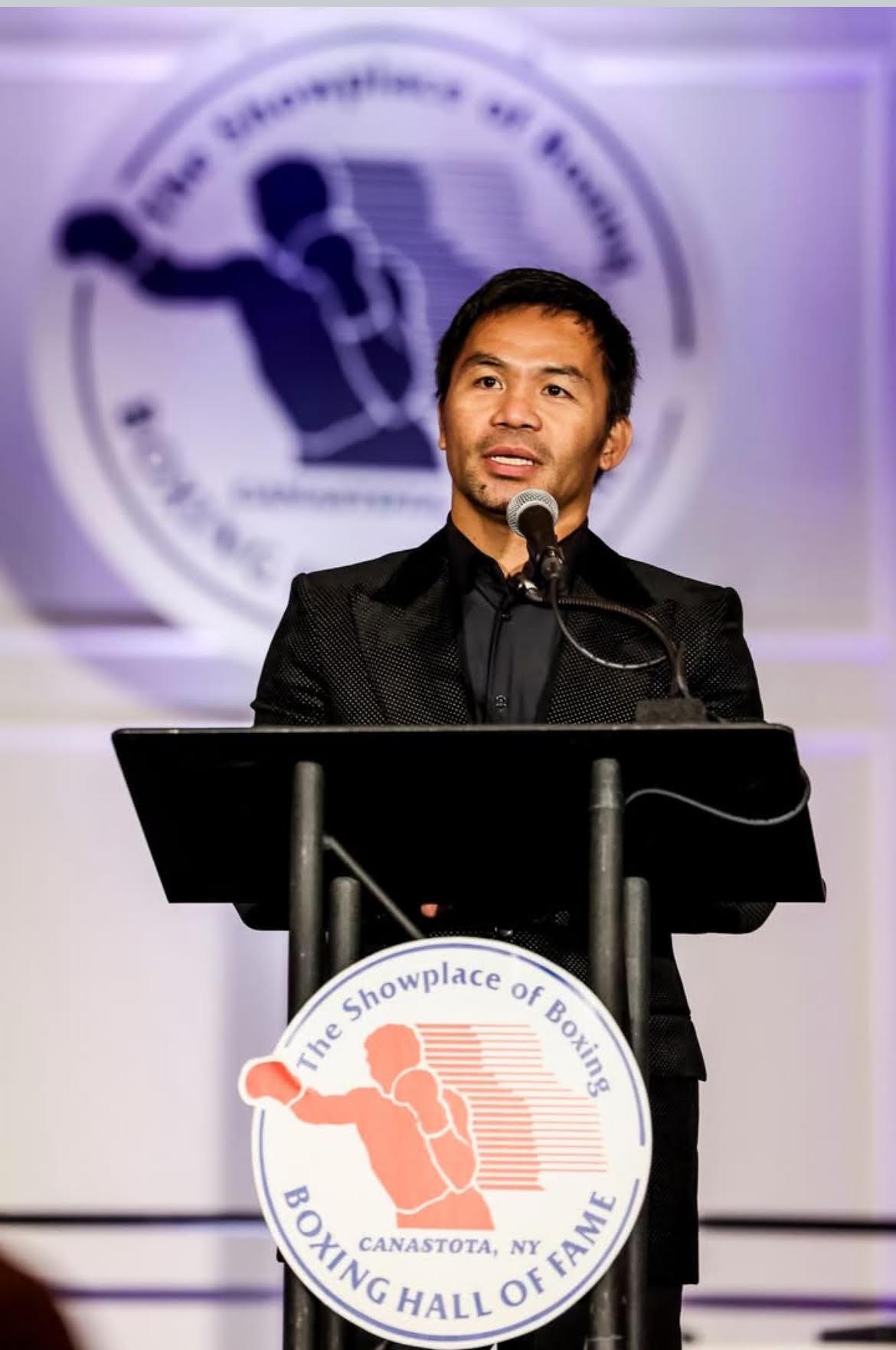
IN the United States, October is also known as Filipino American History Month, which is celebrated through various activities and events that recognizes the significant role Filipinos have played in American history.
This year, the Filipino American National History Society (FANHS) chose the theme “50 Years Since the First Young Filipino People’s Far West Convention” to mark the 50th anniversary of the first FWC, hailed as the pivotal point in the Filipino American movement.
“We choose this theme to honor the earlier pioneers in the Filipino American movement, as well as the subsequent groups of young people across the country who have advocated for social justice issues affecting Filipino Americans (and other historically marginalized groups) for the past 50 years,” FANHS said on its website.
In 1992, FANHS introduced October as Filipino American History Month to commemorate the first recorded presence of Filipinos in the U.S. on Oct. 18, 1587.
The U.S. Congress in 2009 passed resolutions officially recognizing the month of October as Filipino American History Month, urging people across the nation to celebrate the historical achievements and milestones of Filipino Americans to the enrichment of the country.
View this post on Instagram
Filipino Farwest Convention
The Filipino American identity movement emerged in the late 1960s along with several other movements like Asian American, Chicano, Native American, and Black Power. During this period, activists made strides in raising political awareness and addressing community concerns.
In particular, a group of Fil-Ams called for the community to gather for what would be the first Young Filipino People’s Far West Convention-themed “A Quest for Emergence.”
Hosted by the Filipino Youth Activities, Inc. (FYA) under the leadership of Fred and Dorothy Cordova, the meeting took place at Seattle University in 1971 and brought over 300 Fil-Am students, community leaders, and advocates.
“I brought this idea (of a convention) to a meeting of the FYA and by this time, because some of them, a number of people in the board of FYA were involved in civil rights, we thought perhaps this would be a place to expose our young people to things and make them talk about it,” Dorothy said in a FANHS Greater Seattle virtual panel in October last year.
“The seed was basically for young people to meet other young people from another part of the United States,” she added.
The first meeting gave the participants an opportunity to discuss issues on Filipino-American identity, discrimination against Filipinos, and needed changes in American society.
Dorothy recounted that they put a mic out there during the meeting and invited young people to come and talk.
“And they did,” she said. “The kids who were from the Philippines just recently, and at that time a lot of them were coming, said the American-born were laughing at them because of their accent… the kids, who were mestizos, were saying they weren’t accepted. And people were talking about the war, their brothers had gone to war — we were hearing things that we didn’t even think they would talk about.”
“They were talking about their parents, wanting them to be more Filipino, and yet they were here in the United States,” she added. “This really opened up the eyes of all people there, and it was really the beginning of the young Filipino people’s movement.”
The initial meeting resulted in a series of conferences that would later become known as the Filipino (or Pilipino) People’s Far West Conventions (FWCs), which were held annually between 1971 and 1982, in different locations such as Seattle, Los Angeles, Stockton, and Berkeley.
In a paper written by Florante Peter Ibañez for the UCLA Asian American Studies 200A graduate seminar in 2003, he said that the FWC became the annual reunion for community activists and an introduction point for future activists.
“The FWC, also due to its broad encompassing nature, became a battleground for community politics in the struggle to encourage a progressive community agenda,” he added.
While the 1972 meeting’s central discussion was the Filipino Information and Referral Center (FIRC), the 1973 meeting exposed the so-called “Marcos Black List” of Filipino American community activists, including regular FWC participants. It also featured the newly-formed Katipunan ng mga Demokratikong Pilipino (KDP).
“This new progressive organization was national in scope and would prove to make a lasting impact not only on future FWC’s but on the collective Filipino American community,” according to Ibañez.
For the fourth meeting, the FWC reportedly expanded its scope to embrace more issues in the Filipino-American Community. It also held workshops focused on youth organizing, art and culture, elderly, religion, sexism, immigration, and new society (Philippines Martial Law).
In a documentation report of the 1974 conference, it said that “nine out of 10 delegates developed new acquaintanceships, learned new valuable information and acquired a heightened sense of awareness.”
“These three factors will prove crucial in building future projects which would benefit all Pilipino communities statewide,” it added.
The following year, the FWC featured educational cultural drama with music. The 1975 FWC also came out with resolutions on the formation of the Pilipino Task Force on Education (ETF) to look into the portrayal of Pilipinos in school textbooks, and the West Coast Confederation of Pilipino Students (WCCPS).
During the 1976 conference, tensions began to rise between the FWC organizers and the KDP, who insisted on the workshop on Martial Law.
“Some attendees of the FWC felt strongly that the issues concerning the Philippines should not be discussed and that the FWC concerns should be focused on issues facing Filipinos here in America,” Ibañez noted in his paper.
The 1978 meeting introduced two special workshops: Bakke Case (Reverse Discrimination) and Prop. 13 (Property Tax), while the 1979 meeting formed a new organization called the National Task Force for the Defense of Immigrant Rights, which was later renamed as the National Filipino Immigrant Rights Organization or NFIRO.
Held in San Francisco was the 1989 conference themed “70’s Decade of Awakening, 80’s Decade of Action,” where the main discussion was the issue of immigrant rights.
The following year, the FWC dedicated its meeting to slain KDP members Silme Domingo and Gene Viernes, who previously passed a resolution calling for investigating labor delegations to visit the Philippines and to meet with their union leaders.
According to Ibañez, the gunman had links to the Marcos Dictatorship and the assassination was an attempt to silence the growing international trade union ties being developed with Unions in the Philippines.
For the FWC’s final meeting, the chosen theme was “Respond to the Issues of the Day.” It held panels that reflected the theme such as Simpson-Mazzoli Bill – Landmark Revision of U.S. Immigration Policy, U.S.-R.P. Relations – Extradition Treaty and U.S. Bases Agreement, and Nuclear Disarmament – International Movement for Peace.
Its workshops, meanwhile, focused on access to education, women’s rights, and immigration rights.
Ibañez quoted Judge Casimiro Tolentino in an email saying that the FWC “forced you to look not only inside (history, culture, heritage, arts), but also outside (black consciousness, La Raza, feminist, racism) and how they impacted on each other.”
“The FWC was a tremendous impact on my own consciousness as a Filipino in America, for my appreciation of our history, and the context of where Filipinos interacted with people of color. We were not an isolated entity, but part of a larger struggle for empowerment, and to control our destiny as a people in America,” wrote Tolentino.
For her part, Dorothy noted that the aftermath of the FWC was the friendships that were made.
“The friendships that were created are still going on today. It was the beginning of friendships that continued from California, Oregon, Washington, Alaska,” she said. “People made connections with each other and found kindred spirits, more or less.”
This Filipino American History Month, everyone is encouraged to reflect on the FWC’s 50th anniversary, as well as decades of Fil-Am youth activism, in order to further inspire and foster our civic responsibility in the Filipino American community.
Some activities that FANHS has recommended this month include:
- Organize teach-in’s about the Far West Conventions. Invite FWC participants to speak and share their oral histories.
- Teach about the histories of Filipino American college student organizations (SFSU PACE, UCLA Samahang, Columbia Liga Filipina, UIUC Philippine Student Association, UMich FASA), regional umbrella student groups (FIND, SCPASA, MAFA), or youth organizations (FYA, PEP, PinoyTeach)
- Highlight the history and development of Filipino American Studies/ Filipino American curriculum in your region/state.
- Interview Filipino American community leaders of various generations to talk about their experiences with youth organizing
- Learn about the pensionados, or government-sponsored students who attended U.S. universities in the early 1900s.
- Curate a panel of Filipino American artists to describe their contributions to the arts (e.g., music, dance, theater, hip hop).
- Conduct oral histories with Filipino American elders who can share perspectives about the 1960s, 1970s, 1980s, 1990s, 2000s
- Organize a children’s book reading for Journey for Justice: The Life of Larry Itliong by Dawn Bohulano Mabalon & Gayle Romasanta.
- Host a panel or workshop on the anti-martial law movement and the KDP (many who attended the FWCs)
- Begin dialogues on how to advocate for Filipino American Studies in your K-12 systems or colleges/universities, and more.






